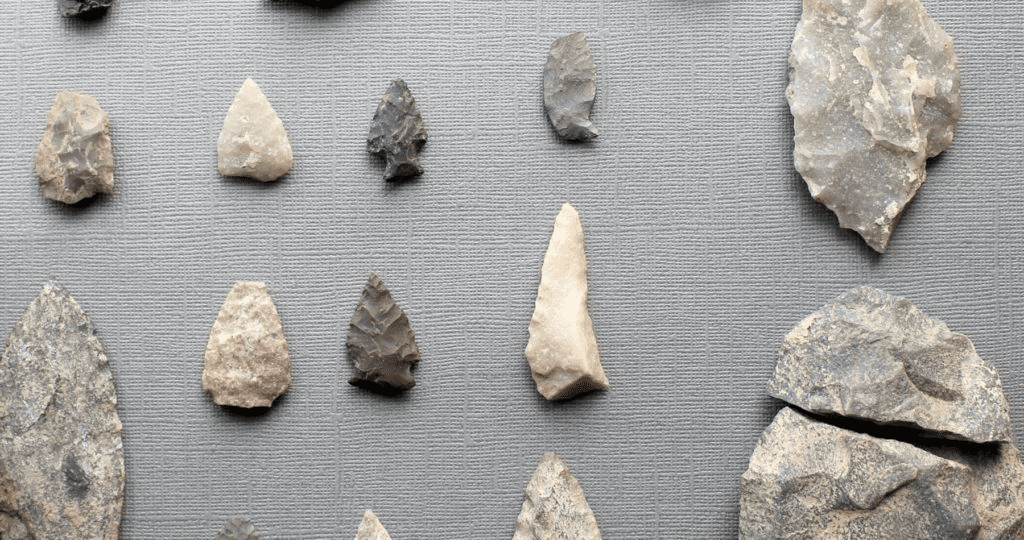Thanks to archaeological excavations, people have the opportunity to learn about how their ancestors lived and what they did. Excavations are carried out in many places, and Edmonton is no exception. Many artifacts have been found by archaeologists on the unique section of 17th St & Petroleum Way, in the Strathcona area. The place is located across the river from Rundle Park, on a high terrace in the Strathcona Science Park. For more information, please visit the website edmonton-future.
Тhe uniqueness of the study area
Once this place was open to tourists, but now it is inaccessible to the public. The location of Strathcona is similar to other prehistoric sites in Edmonton, but it has its distinct features. For example, the North Saskatchewan River is visible from the site, and closer to the northern side, a steep bank can be seen, which may have once contained water. The area also has good access to the southwest, which made it a great place for camping.
Initially, archaeologists thought that there was a stone quarry on this site. However, when they began their research, they noticed good exposures of quartzite rubble and argillite, which completely disproved any existence of the quarry.
Archaeological finds that were successfully obtained

All the data collected by scientists indicate that the Strathcona territory was first settled during the middle prehistoric period, approximately 5000 years ago. The work was difficult, as it required traveling several kilometers of territory, studying it thoroughly, and only then beginning to search for artifacts.
Archaeologists found several projectile point types on this site, including Okotoks, McKenzie, Duncan, Hannah, Pelican Lake and Late Prehistoric projectile points. All the artifacts found were placed in a matrix with a thickness of 50-75 cm, and the projectile points were located in their correct positions. The oldest points were located in the lowest deposits, and the newest were closer to the ground surface.
On the lower ground level, archaeologists managed to discover the remains of an ancient hearth. It was not a deep pit in the ground, it contained dark, organic soil, leading the archaeologists to conclude that it was a hearth. In addition, many remains of rocks broken by fire, hammers, stone slag, stone tools, scrapers, blades, and projectile tips have been found. The location where the people of the Stone Age made their stone tools was also uncovered.
During this excavation, rare animal bones were also found, including the remains of a lower jaw of a bison. This allowed scientists to infer which animals the people of the Stone Age kept on the land.
Archaeological research
Thanks to a specialized approach, archaeologists have uncovered many artifacts, most of which consist of stone flakes and fragments. Several square meters contained between 600 and 2000 stone artifacts, and quartz is prevalent in the findings.
During the examination of the found flakes, it was discovered that their core was made of wood covered with stone. This represents a unique technology in which pieces of stone are carefully prepared to make small, narrow stone flakes.
Archaeologists have carefully studied many of the fragments found at this site. They did this to determine the methods used by the indigenous tribes to make their stone tools.
Based on the research that has been conducted, it is still unclear whether the ancient inhabitants of Strathcona visited the area exclusively to collect stone for tool production. It is also not clear if they stayed in the region for hunting and fishing activities.
